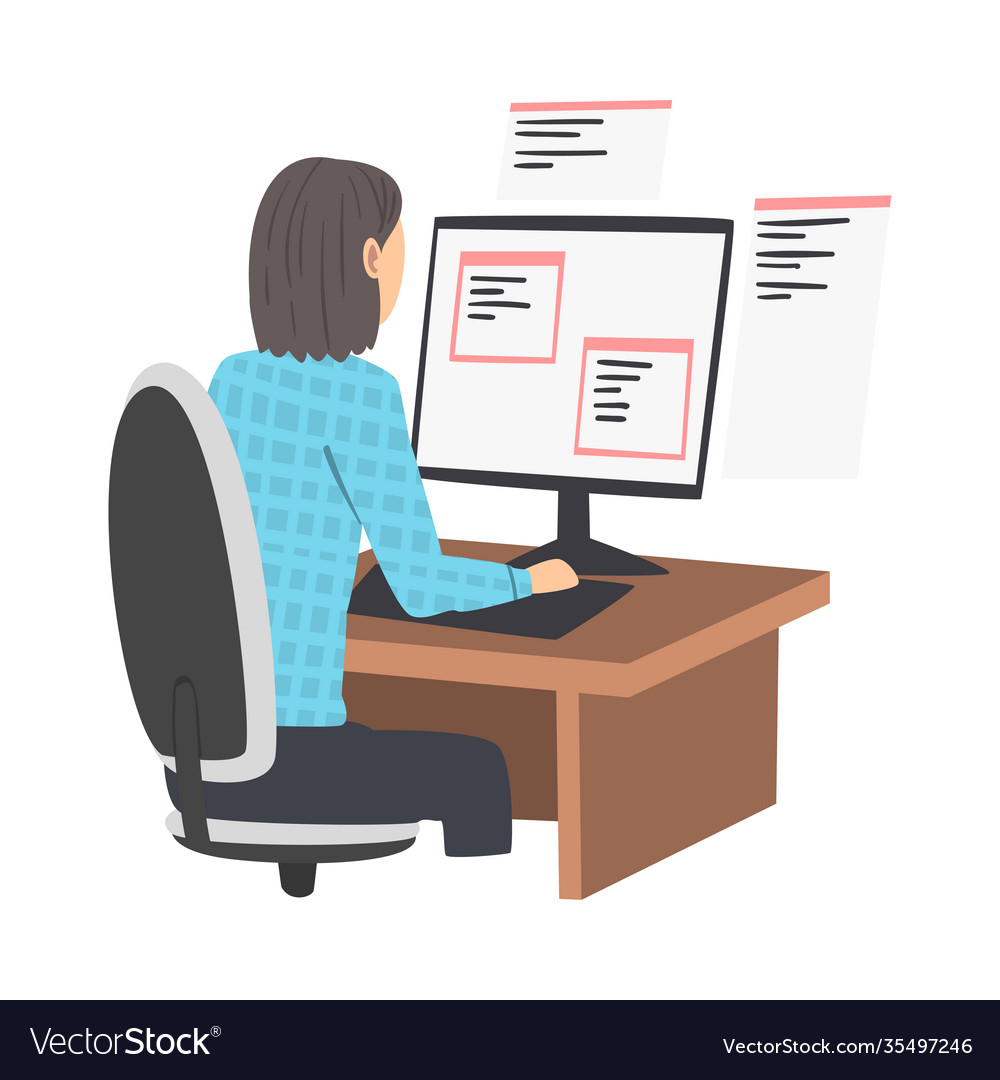Structure Success with a Dedicated Development Team for Your Business Needs
Wiki Article
Committed Developers vs. In-House Teams: Which Is Right for You?
The choice between making use of dedicated designers and keeping an internal team is a significant one that can influence the trajectory of your projects and general organization strategy. Committed designers give a level of versatility and specialized expertise that can be useful for specific, short-term initiatives. On the other hand, in-house teams add to a cohesive business culture and a nuanced understanding of long-lasting goals. By analyzing vital aspects such as spending plan, task range, and preferred control, you can better identify which method straightens with your business requirements. The ramifications of this choice extend past prompt results-- consider the broader influence on your service landscape.Understanding Committed Designers
The expanding demand for specialized abilities in the tech sector has actually caused the appearance of committed designers as a sensible option for lots of companies. These experts are usually acquired on a job basis, allowing firms to leverage certain expertise without the lasting dedication associated with permanent hires. Committed programmers are often embedded within a client's team, supplying adaptability and scalability to satisfy project requirements.This model permits organizations to access a global ability swimming pool, which is specifically helpful in a quickly progressing technical landscape. Devoted developers can be sourced from numerous geographical locations, ensuring that firms can find the ideal ability at competitive prices. They often bring a wide range of experience and expertise, having serviced diverse projects throughout different industries.
Moreover, dedicated designers can focus exclusively on the jobs at hand, enhancing efficiency and efficiency. They are geared up to incorporate flawlessly right into existing operations, working together closely with internal groups to achieve task purposes. This approach not only reduces the worry of recruitment and training yet additionally allows organizations to continue to be agile, adjusting swiftly to transforming market demands and technical developments.
Benefits of In-House Teams

Furthermore, internal teams often tend to have a deeper understanding of the business's goal, values, and objectives. This alignment can improve staff member interaction and inspiration, as employee really feel more linked to their job and the organization's success. Furthermore, having a committed in-house team permits better positioning of goals and methods, as these participants are regularly concentrated on the firm's priorities.
In-house teams additionally facilitate quicker decision-making processes, as they can respond a lot more swiftly to difficulties and adjustments. The established relationships and experience with business procedures enable structured operations and lowered miscommunication. Ultimately, the combination of a cohesive culture, placement with business goals, and efficient interaction makes internal groups an important possession for lots of companies, specifically those aiming to grow lasting development and development.
Expense Considerations
When examining expense considerations, both internal groups and devoted designers present distinct economic implications for companies. Engaging devoted developers generally involves a pay-per-project or per hour rate model, which can be cost-effective for businesses with rising and fall task needs. This method enables adaptability in scaling sources up or down, making certain that firms just pay for the services they need.In comparison, internal teams require taken care of prices, including wages, benefits, and overhead expenses such as workplace space and tools. While this design offers better control and immediate schedule of sources, it may cause higher lasting expenses, specifically if the workload does not warrant a full-time team.
Additionally, firms ought to take into consideration the hidden expenses linked with recruitment and training of internal staff members, which can further stress spending plans. In many cases, the moment and sources invested in managing an in-house group can take away from the organization's core service purposes.

Project Monitoring and Adaptability
Task monitoring and versatility are essential variables that affect the option between dedicated developers and internal groups. Devoted developers generally supply a high level of versatility, allowing companies to range resources up or down based upon job demands. This agility can be specifically helpful for companies experiencing fluctuating work or those seeking to innovate swiftly. Devoted groups commonly have established procedures for managing tasks successfully, leveraging particular methodologies like Agile or Scrum, which promote iterative progression and adaptability. our website
Eventually, the selection in between in-house groups and dedicated programmers depends upon the preferred degree of versatility and the certain project monitoring demands. Companies have to examine their operational characteristics, project intricacy, and resource schedule to figure out which option straightens finest with their tactical objectives.
Making the Right Option
Picking the right advancement technique-- specialized designers or internal groups-- needs a mindful analysis of numerous variables that align with a company's tactical objectives. Alternatively, internal groups can give far better connection and integration with existing personnel.Following, review your spending plan. Committed programmers often present an economical option for temporary projects, while internal groups might incur higher long-term expenses as a result of wages, advantages, and expenses expenses. Evaluate the level of control and cooperation wanted; internal teams usually promote stronger interaction and placement with business culture.
If immediate results are needed, specialized programmers can be onboarded swiftly, whereas developing an internal team takes time for employment and training. If continual growth is important, investing in an in-house team might produce much better returns over time.
Verdict
To conclude, the choice between internal groups and devoted programmers hinges on task demands and business goals. Devoted designers offer versatility and specific experience, making them suitable for short-term initiatives. Alternatively, in-house teams cultivate a cohesive society and deeper positioning with long-term objectives. Mindful analysis of spending plan constraints, project timelines, and wanted control levels is crucial for determining one of the most ideal method, making certain alignment with critical you can check here priorities and operational effectiveness.The decision between making use of specialized developers and maintaining an in-house group is a considerable one that can impact the trajectory of your tasks and overall service approach.Job administration and adaptability are essential variables that affect the selection in between in-house groups and specialized programmers. nearshore software development.In comparison, internal teams may succeed in preserving a regular job administration framework due to their familiarity with the company's society and long-lasting objectives. Devoted developers commonly offer a cost-efficient remedy for temporary tasks, while internal groups might incur higher long-term costs due to salaries, advantages, and overhead expenses.In final thought, the choice in between devoted developers and internal this page teams pivots on project needs and organizational goals
Report this wiki page